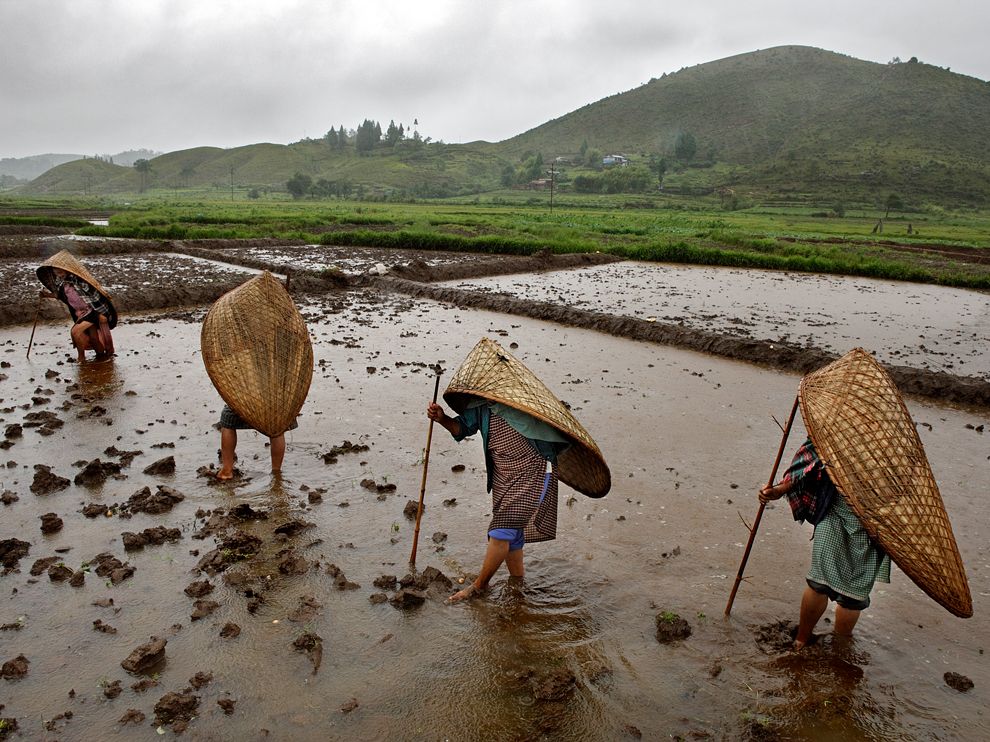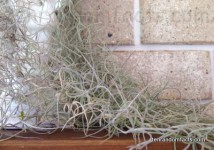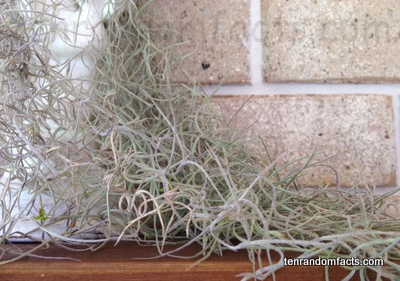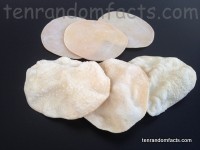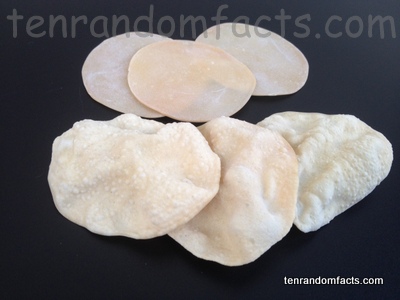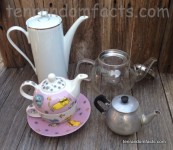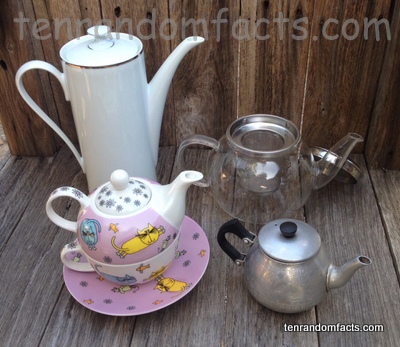
You’ll need more than an umbrella at Mawsynram.
- Mawsynram is a village in India’s Meghalaya, in Asia, above Bangladesh, that is notable for its wet climate.
- Mawsynram is one of the wettest places on earth, and in 2015 it still held the Guinness World Record for having the highest rainfall annually, despite the claim that a couple of communities in South America’s Columbia receive even more rainfall, on average, in a year.
- Mawsynram is found in the East Khasi Hill area, and sits at a height above sea level of approximately 1400 metres (4,600 feet).
- The annual rainfall of Mawsynram is just over 11.8 metres (38.9 feet), most of which falls in April to October each year.
- The term ‘Maw’ in ‘Mawsynram’ is translatable into English as ‘stone’, and it comes from the native Khasi language.
Women of Mawsynram
Image courtesy of Johnny Haglund
- Historic megaliths are said to be located in the Mawsynram area, and there is a limestone cave featuring a large stalagmite, among others, in the shape of a notable Hindu deity.
- It is not uncommon for clouds to move through buildings in the village of Mawsynram, and vegetation is used on the rooves of buidings to deaden the sound of the rain.
- It was not until the late 1900s that Mawsynram received improved living conditions, with the introduction of electricity, running water and hard surfaced roads.
- Many of the women of Mawsynram make ‘knups’ for the locals, that are made of woven bamboo and grass or leaves, and they function like an umbrella though they have the appearance somewhat of a turtle shell, and are worn over the head and back and do not need hands to continually hold them in place.
- As Mawsynram features much flowing water caused by intense rainfall, live rubber tree roots are manipulated by locals to act as permanent bridges.
Bibliography:
Mawsynram, 2015, Travel India, http://travel.india.com/cherrapunjee/places-to-visit/nature-mawsynram/
Mawsynram, 2015, Wikipedia, https://en.wikipedia.org/wiki/Mawsynram
Mawsynram in India- the wettest place on earth, 2013, NDTV, http://www.ndtv.com/india-news/mawsynram-in-india-the-wettest-place-on-earth-529799






